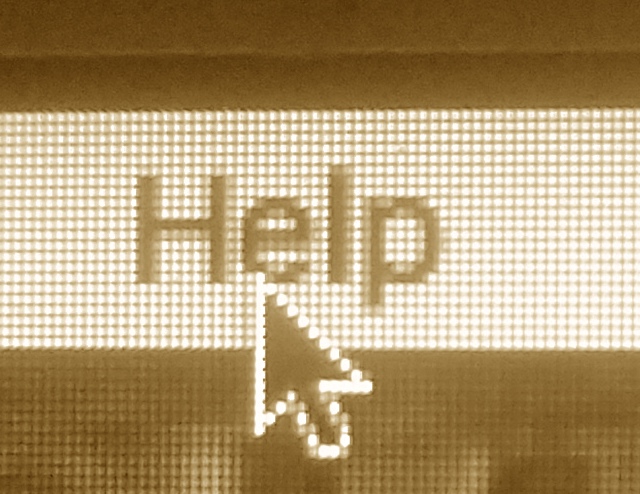
City Limits
COVID- 19 is a perfect storm for the elderly and chronically ill, who reportedly are most affected by the disease. The CDC reports that eight out of 10 deaths in the U.S. have been in adults 65 years and older. In New York City, where one in six of the population is over 65, this alone has caused overwhelming fear and anxiety. However, for the chronically ill, isolation and the reduction of normal services and support COVID-19 could have implications for years to come.
We must look at the same technology used for business and schools to provide solutions for the elderly in need of long term care.
Health disparities in New York City have always been apparent, but the COVID-19 crisis is a recipe for long-term mental illness and other negative health outcomes for those not affected by the virus itself.
Disasters can have effects on mental health years after the event. Studies have shown that 12 years after Hurricane Katrina, PTSD was still on the rise and “ certain demographic groups tend to be more vulnerable,” reported developmental psychologist Katie Cherry, who edited the book Traumatic Stress and Long-term Recovery: Coping with Disasters and other Negative Life Events. “Women do more poorly than men after disaster. So do those with lower education and lower income and the elderly.” Another study showed that increased hospitalizations have been reported in the elderly after storms have hit.
The COVID-19 pandemic is unprecedented, but policymakers and stakeholders can look at past disasters to minimize negative effects. A study published in 2012 shows it is critical to make people feel safe and to assist in decreasing their anxiety immediately after a disaster impacts.
 CityViews are readers’ opinions, not those of City Limits. Add your voice today!
CityViews are readers’ opinions, not those of City Limits. Add your voice today!
For the city’s Medicaid long-term care population, this could be accomplished by adapting the way that services are provided. New York City’s social adult day care program (SADC) provides services in a group setting to mentally and physically functionally impaired individuals, of whom the majority are elderly. Required services include essentials like personal care, but the programs are also popular with the participants merely for the opportunity to socialize. Other services include meals, translation services, caregiver support and case assistance. Programs are culturally specific and provide a strong support system for participants.
There are approximately 30, 000 participants whose adult day care services have been cut by the insurance companies because of the COVID-19 pandemic, leaving the elderly members feeling isolated and without their regular support system. Just as home school services could be reinstated through the use of technology providing a familiar connection and comfort in what is essentially a natural disaster.
Social adult day care programs address factors–such as isolation–which can account for 80 percent of health outcomes and affect healthcare costs. People who feel lonely may also have weakened immune systems that have trouble fighting off viruses, which makes them more vulnerable to some infectious diseases. Research has also shown that the effects of loneliness can have effects up to 4 years later.
To elevate the ill effects of social isolation SADC services could be immediately provided with simple phone calls and daily check-ins from their familiar caregiver. However, should the emergency shutdown under New York State’s Pause policy last for months instead of weeks, SADC programs are looking at more advanced programming for socialization depending on the capabilities of the participants.
Computer class was once the most popular of SADC classes across all cultures. Prior to COVID-19, those classes involved simple Facebook instructions or internet safety, never knowing how in the future these classes would impact health outcomes. Now adult day care providers are looking at programs such as Zoom, which is fairly easy to access once the program is downloaded on a smartphone or computer and can connect up to 250 participants.
Screen reading programs for the totally blind either provide speech or braille output. Non-assistive computer programs like electronic mail and instant messaging empower individuals with hearing-related impairments to communicate over the Internet and magnification software enlarges text and graphics displayed on PC monitors and are widely used by persons with poor vision or who have difficulty reading.
On March 21, a Medicaid Update granted latitude for all Medicaid providers to use a wide variety of communication methods to deliver services remotely during the COVID-19 state of emergency. It included information that Charter Communications (Spectrum) and Comcast are giving households who qualify as low-income complimentary Wifi for 60 days and both companies are expanding their wifi network.
During this Perfect Storm, with increasing caregiver shortages and patient quarantines, we must look to technology to address social determinants of health in order to reduce the unintended consequences of social distancing.
Yvonne Ward is secretary of the Executive Board at New York State Adult Day Services Association.









